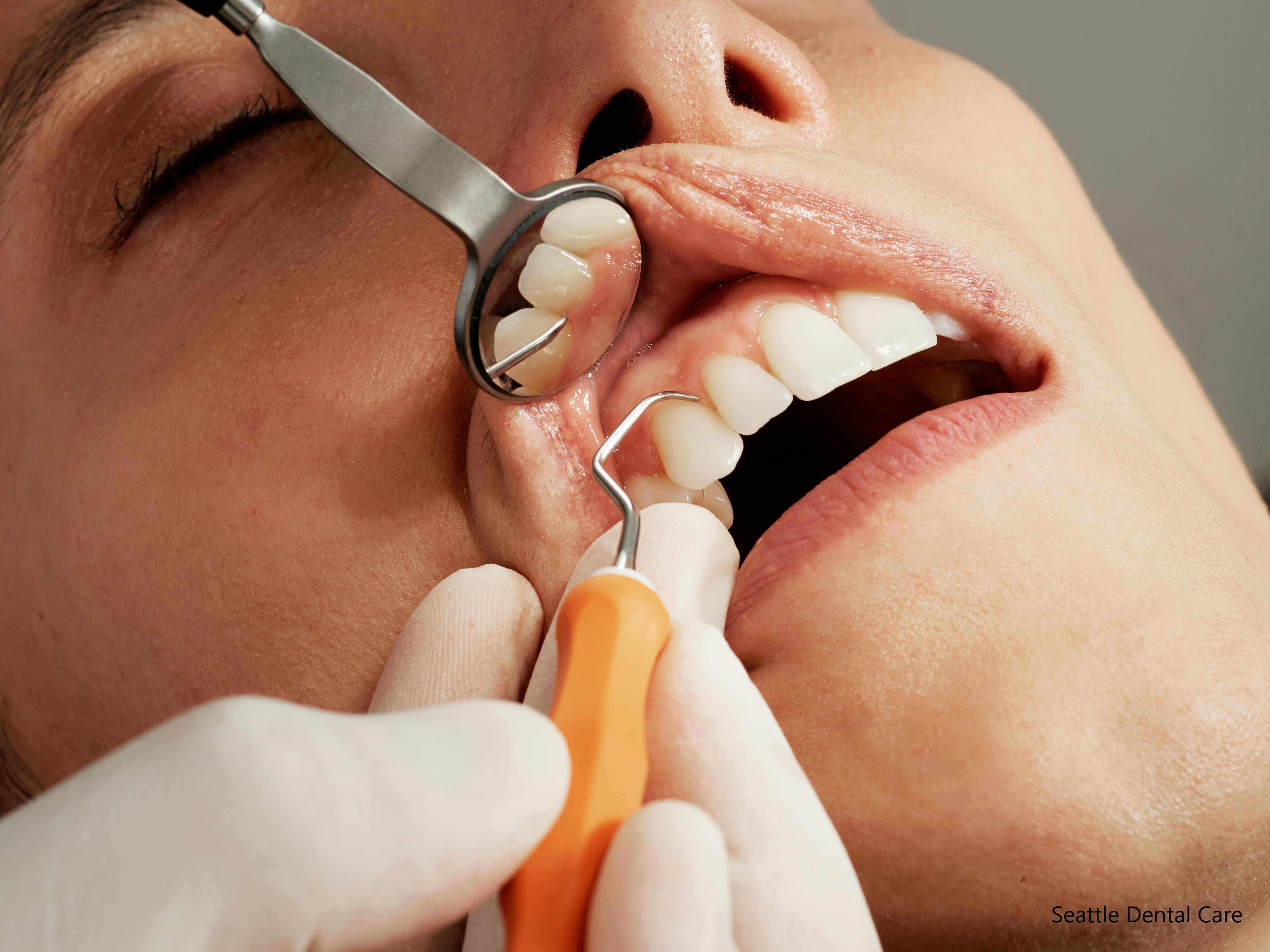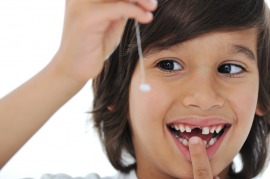How to restore oral microbiome
- The 4 Step Oral Microbiome Restoration Process
- The Role of Biological Dental Hygiene Care
- Importance of Restoring Good Oral Biofilm
Being informed of gum disease or deep pockets may indicate an imbalance in your oral microbiome. While some dentists focus solely on removing superficial calculus by perforoming deep cleaning, addressing the root cause and restoring the healthy oral microbiome may be overlooked.
The 4 Step Oral Microbiome Restoration Process
- Pre-Disinfection: Before starting the procedure, thorough disinfection of the treatment area is essential. This step helps prevent the spread of bacteria and sets the stage for effective cleaning.
- 5-step cleansing: Using specialized hand and ultrasonic instruments, our biological hygienist will remove plaque and tartar from tooth surfaces and beneath the gum line. This step eliminates buildup that contributes to gum disease. After scaling, the roots of the teeth are smoothed (planed) to remove remaining bacteria and toxins. This process promotes gum reattachment and helps prevent future plaque buildup.
- Post-Disinfection: Post disinfection will follow once the 5 step cleaning process is completed to ensure any remaining bacteria or infections are neutralized. This step is crucial for reducing infection risk and supporting healing.
- Oral Microbiome Restoration: Finally, the focus shifts to restoring your healthy oral microbiome balance with good bacteria.
Our team have designed a special protocol to target the periodontitis where we not only target the calculus but also the root cause, the bacteria that is causing the infection.
The Role of Biological Dental Hygiene Care
Biological dental hygiene care emphasizes the importance of maintaining a healthy oral ecosystem. It acknowledges that not all bacteria are harmful and aims to restore and preserve a balanced oral biofilm. This approach promotes:
- Natural Defenses: Supporting beneficial bacteria helps maintain natural defenses against harmful pathogens.
- Overall Health: A balanced oral microbiome contributes to overall health, potentially reducing the risk of systemic diseases linked to oral health issues.
- Long-Term Stability: By preserving a healthy oral biofilm, biological dental hygiene care promotes long-term oral stability and reduces the need for aggressive interventions.
Importance of Restoring Good Oral Biofilm
Restoring a healthy oral biofilm after deep cleaning is crucial for maintaining oral health. A balanced biofilm:
- Protects Against Disease: It acts as a protective barrier against harmful bacteria, reducing the risk of gum disease and tooth decay.
- Supports Healing: A healthy biofilm environment supports tissue healing after dental procedures, promoting faster recovery.
- Enhances Oral Freshness: A balanced biofilm contributes to fresher breath and a clean-feeling mouth.
Scaling and root planning is advised for patients diagnosed with periodontal disease. When you or your loved one is recommended for scaling and root planning due to by periodontal disease, every step—from pre-disinfection through post-disinfection and oral microbiome restoration—plays a crucial role in preserving a healthy oral environment. Removing the tartar buildup is important but treating the root cause and restoring a balanced oral biofilm can significantly contribute to your overall well-being and confidence in your smile.
At Seattle Dental Care, our commitment to holistic dentistry ensures that our patients receive comprehensive, effective, and natural care for their gum health. By going beyond just scraping, we help our patients achieve a healthy, balanced mouth and a better quality of life.






